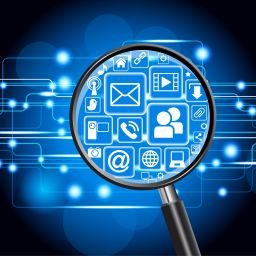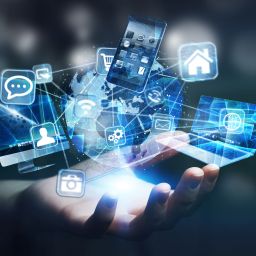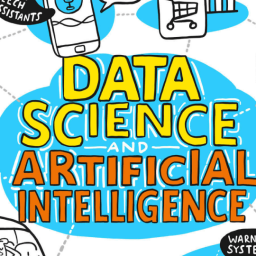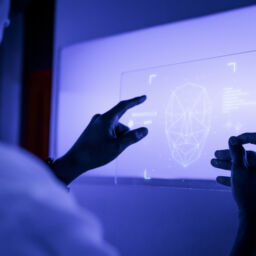Biometrics are biological measurements, also known as physical characteristics, that can be used to identify people. Fingerprint mapping, facial recognition, and retina scans are all examples of biometric technology, but these are only the most well-known.

Identification and authentication are the main uses of biometric systems and devices. Security, banking, mobile access and authentication, law enforcement, public transportation, schools, home assistants, and building access are the most common applications for biometric devices.
How does biometrics play a role?
Biometric access control systems essentially record biological data from humans. They are equipped with scanners that collect all of this data. For example- A fingerprint scanner analyses one of your fingerprints and stores the results in data type.
Four Most Commonly Used Biometric Technologies
1. What is facial recognition?
For the purposes of identification or authentication, facial recognition technology measures and matches unique characteristics. Facial recognition software can detect faces in images, quantify their features, and then match them against stored templates in a database, frequently using a digital or connected camera.

2. Finger Print
To validate a user’s identity, fingerprint authentication compares a user’s fingerprint to a stored fingerprint template. Fingerprint scans are an inherence factor or “something you are” because we are all born with unique fingerprints, making them impossible to guess and difficult to alter or fake.
When fingerprint authentication is combined with a second form of authentication, such as a PIN, it provides maximum security and unparalleled user convenience among the many authentication methods available.

3. Iris Recognition
Iris recognition, also known as iris scanning, is the process of photographing a person’s iris using visible and near-infrared light. It is a type of biometric technology similar to face recognition and fingerprinting.
Iris scanning detects the distinct patterns in the irises or coloured circles in people’s eyes. Biometric iris recognition scanners work by illuminating the iris with infrared light to detect unique patterns not visible to the naked eye. Iris scanners detect and exclude eyelashes, eyelids, and specular reflections, which commonly obscure parts of the iris. The result is a set of pixels that only contain the iris. The pattern of the lines and colours in the eye is then analyzed to extract a bit pattern that encodes the information in the iris. This bit pattern is digitized and compared to stored templates in a database for verification or identification (one-to-one template matching) (one-to-many template matching).

• However, we are unable to use a standard camera; we need an IR light source and sensor. To achieve the best level of search accuracy, visible light must be kept to a minimum.
• Usually need to be in close proximity to the camera, which may be uncomfortable for some.
• The value of criminal investigations is lower (no latent)
4. Voice Recognition
In comparison to passwords or tokens that need physical input, biometric voice recognition uses the human voice to uniquely identify biological traits to verify a person.

The creation of speech biometrics that are quicker and more accurate than other techniques is the result of significant progress in neural network technology. These biometric voice recognition systems can recognize a person using fewer speech samples and have access to more use cases.
Advantages Of Biometrics:
The advantages of biometrics are:
• Faster Authentication
• Convenient
• Accuracy
• Flexibility
• Scalability
• Access Control
• Can’t be easily stolen
Disadvantages Of Biometrics:
The disadvantages of the biometric system are:
• False positives
• Scanner compatibility
• Expensive
• Malfunction
• Privacy issues.
Conclusion
To protect and readily identify people using various metrics, authorization and authentication are carried out using biometric technology. It is typical to learn this biometric technology if you plan to study more through top 10 colleges in coimbatore. If you understand these ideas, you could even innovate new recognition systems.















